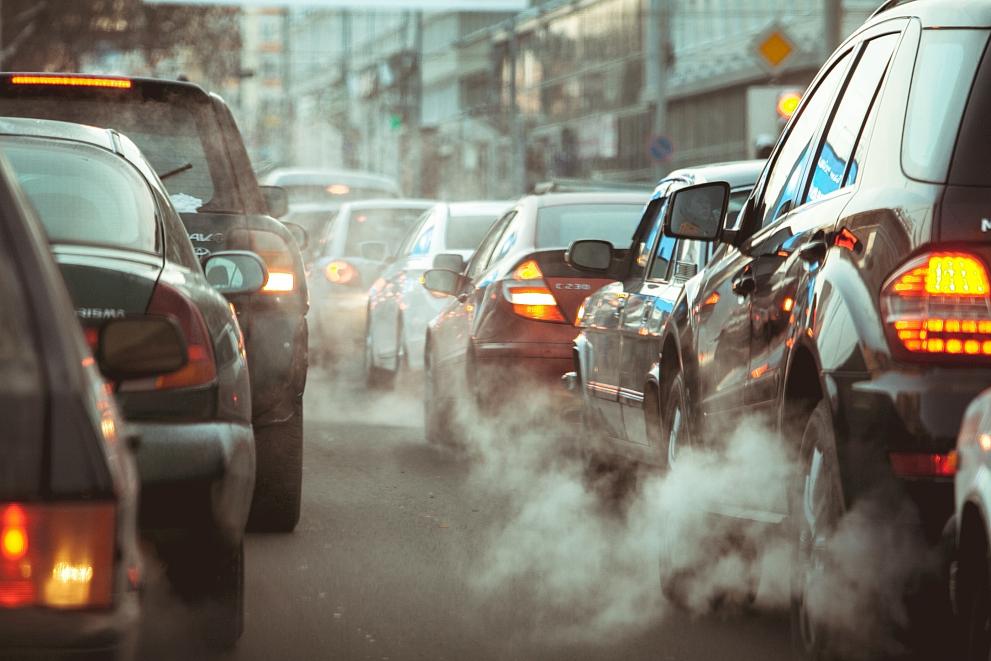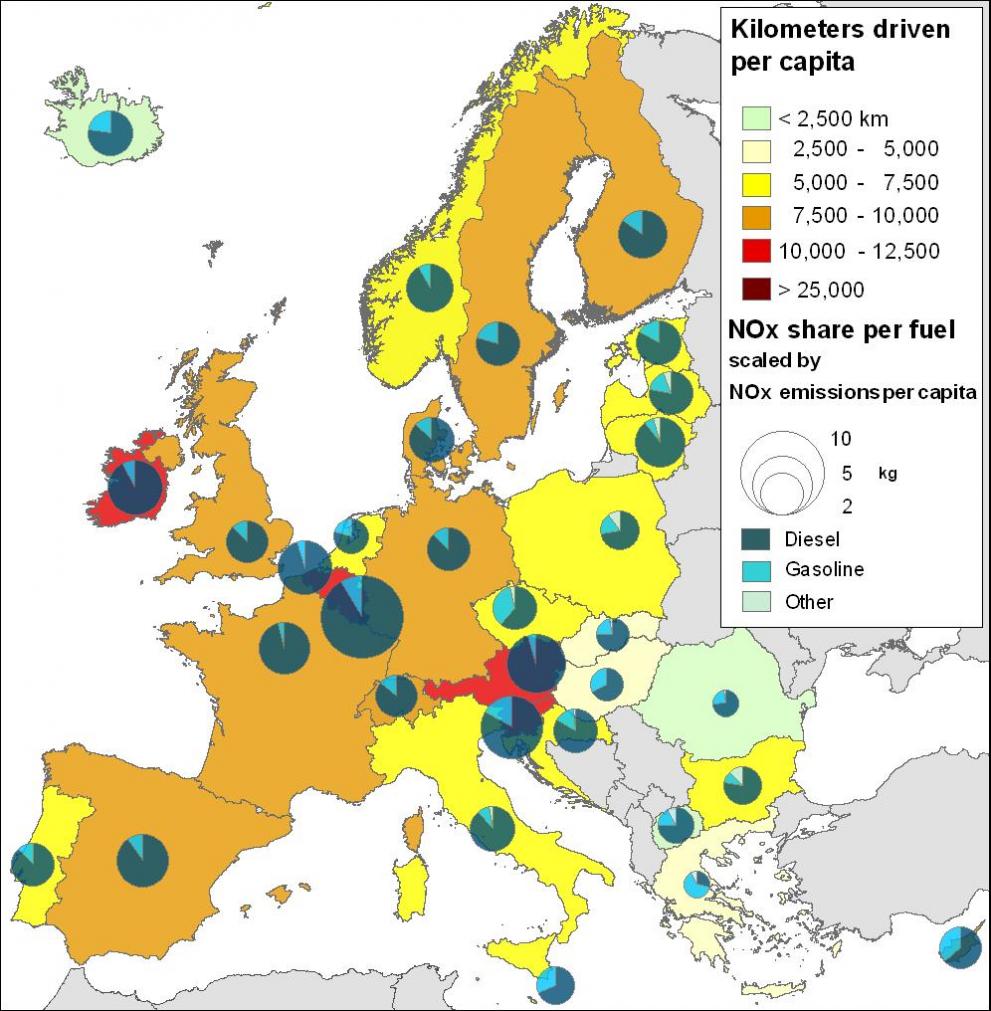
Concentrations of the harmful NO2 pollutant across 30 major European cities could be reduced by up to 40% with the right traffic policy measures, according to JRC scientists.
According to the World Health Organisation (WHO), air pollution is the single largest environmental health risk in Europe.
Nitrogen dioxide (NO2) alone was responsible for 68,000 premature deaths within the EU in 2016 and many European cities still regularly exceed current EU limits for NO2. The European Commission's President-elect, Ursula von der Leyen, has called for a zero-pollution ambition.
The Urban NO2 Atlas developed by JRC scientists provides city factsheets to help designing effective air quality measures to reduce NO2 concentration within European cities.
The Atlas identifies the main sources of NO2 pollution for each city examined, helping policymakers to design actions that target them.
When road transport is one of the main source of NO2 pollution, targeted actions could include restricting the access of certain types of vehicles to inner city areas, or applying environmental charges to the largest polluters.
Road transport: the main source of urban NOx pollution
For the 30 European cities analysed in the report, the average contribution of transport to overall nitrogen oxides (NOx) emissions was 47%.
Within the whole EU, road transport is the largest contributor to NOx (NO and NO2) pollution, ahead of the energy, commercial, institutional and household sectors.
As shown by the report, the shares of road transport in total local NOx emissions differ considerably across Europe.
In Athens and Milan over 70% of emissions comes from transport, while in Lisbon, where shipping emissions are high, road transport is only responsible for 20% of NOx pollution.

A closer look on the road transport sector shows that NO2 in cities mainly originates from the emissions of diesel vehicles.
The map below shows that, except in Greece, diesel fuelled vehicles are responsible for the bulk of road transport NOx emissions across all EU countries.

Traffic policy measures could largely reduce emissions
JRC scientists estimate that, through reducing the flow of NOx-emitting traffic, cities could lower NO2 emissions by an average of 40%.
Around 15% reduction could come from passenger diesel cars, 13% from trucks and 6% from vans.
The local effectiveness of traffic measures largely depends on the share of road transport in NOx emissions.
NOx-emitting traffic flows can be reduced by limiting the access of highly pollutant vehicles – primarily older diesel cars – to inner areas of cities.
The same result can also be achieved by encouraging electric vehicles and fostering the use of public transport, bikes and walking.
These measures would not only improve air quality; they would also mean less noise, fewer accidents and improved quality of life.
Related Content
JRC report: Urban NO2 Atlas
Details
- Publication date
- 27 November 2019
